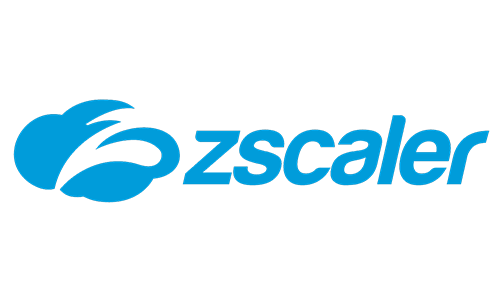CIOs take aim at SaaS sprawl
Collin Campbell, business information officer at Cushman & Wakefield, has engineered a different solution to this problem. He uses external providers and in-house developers to write connective “tissue” code to provide integration capabilities.

Collin Campbell, business information officer at Cushman & Wakefield, has engineered a different solution to this problem. He uses external providers and in-house developers to write connective “tissue” code to provide integration capabilities.
The “underlying current that’s really driving some of the anxiety around SaaS sprawl is around getting data out of the SaaS applications and fit for consumption,” says Campbell, whose company relies on a tangle of roughly 75 SaaS applications core to the business and another 135 SaaS solutions spread across various business units.
Cushman & Wakefield, a Microsoft shop, doesn’t rely on an all-encompassing integration platform such as MuleSoft, because Campbell sees it as “a very expensive solution that I think you can find an easier way to do.” Instead, in working across Azure, “we use some proprietary solutions that we licensed and then do very simple coding,” he says.
The commercial real estate services firm, which is also building a foundation for enterprise-wide AI, has seen its integration efforts pay off from a client perspective, Campbell says, adding that Cushman & Wakefield’s clients themselves are dealing with similar problems around sprawl and integration, “trying to minimize the impact from their previous, let’s say, procurement-based decisions.”
For Bryan Muehlberger, CIO at Vuori, the rise of SaaS use has also led to a corresponding rise in vendor management challenges.
“We are starting to look at players in the market that can help manage and track our licensing, utilization, and governance,” says Muehlberger, who has seen a 25% to 50% increase in SaaS solutions across the apparel company’s technology stacks in the past five to seven years.
“It used to be that you had 15 to 30 key vendor partners, and now it’s more than 100,” he says. “It’s unwieldy at times managing a detailed budget by vendor. Throw resellers in the mix, and it gets even more complicated.”
A question of TCO
Brian Woodring, CIO of Rocket Mortgage, employs more than 1,000 developers and is proud of the enterprise cloud architecture his team has built using AWS as its core platform. But even so, it seems no enterprise is free of this burden.
Woodring acknowledges that, for Rocket Mortgage, which relies on Salesforce, Workday, and ServiceNow as many companies do, SaaS sprawl is a growing headache. Like Cushman & Wakefield, his engineers are often tapped to deliver code to integrate and stitch up problems between SaaS apps.
And he doesn’t see the issue going away anytime soon.
“These systems are getting bigger and more complicated. The sprawl, the complexity, the contracts, all the new features because there’s an arms race where they’re all adding as much as they can, and much of it overlaps with each other”— all of it contributes to the challenges his team faces, he says.
And while he appreciates that his engineers could not likely construct solutions to rival these best-of-breed enterprise SaaS solutions, it does make him wonder whether more SaaS adoption is worth it.
“Each has its own ecosystem of people that you need to hire and practices that you need to install,” he says. “And I’ll admit, at the end of the day, you wonder if you’ve actually saved any money at all with all the other things that come with it.”









